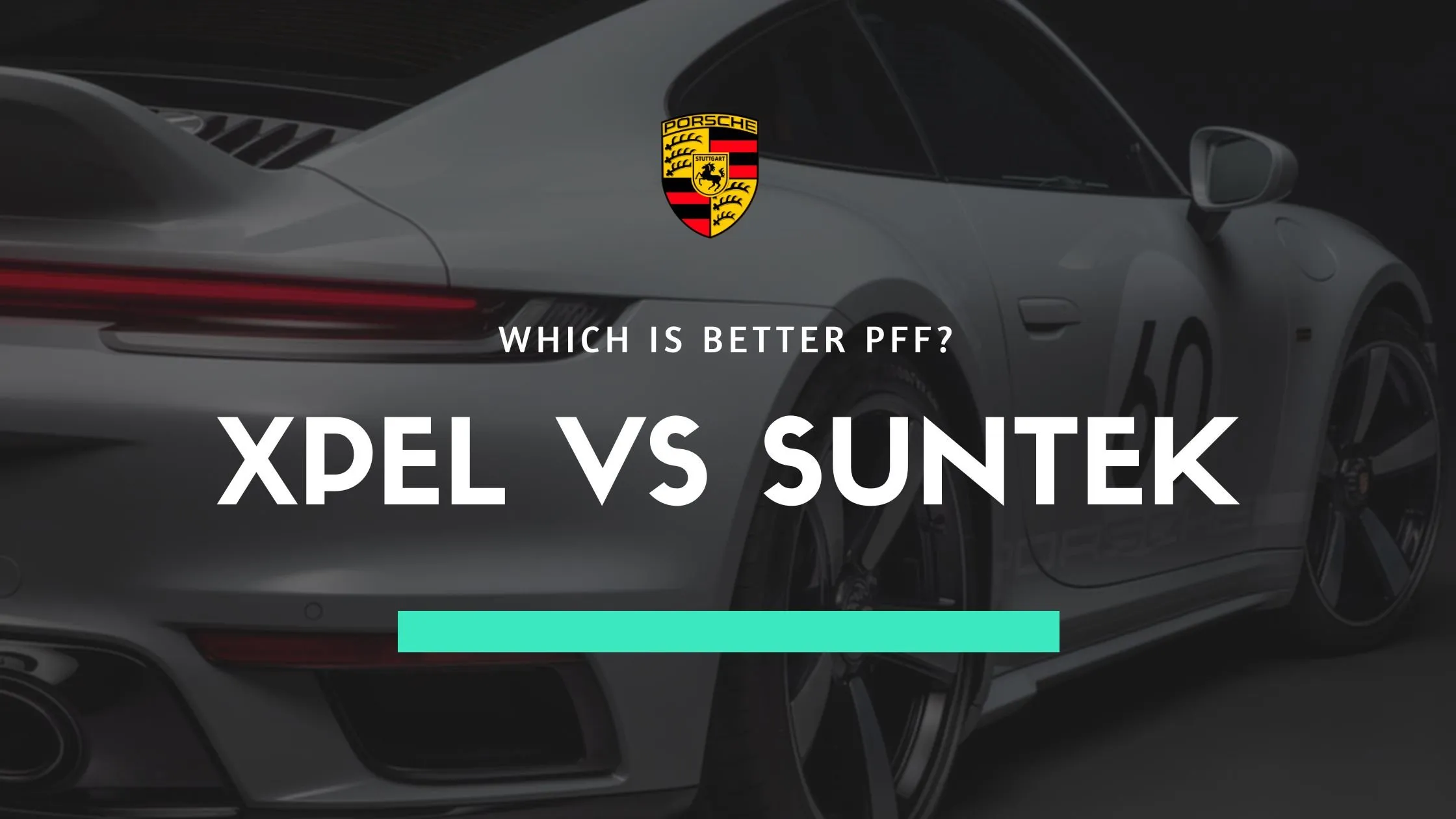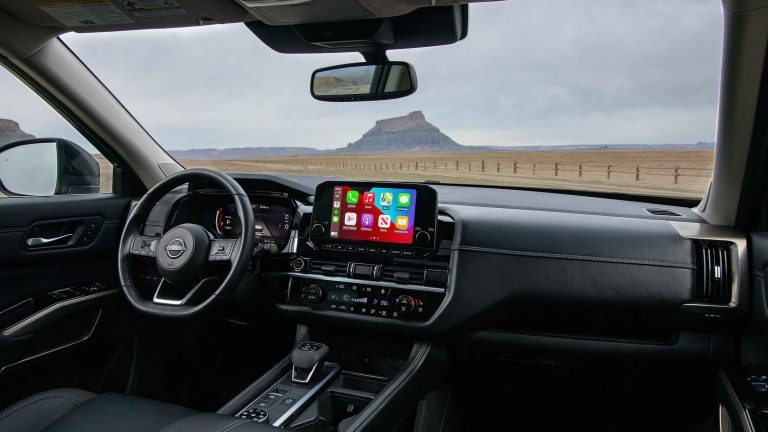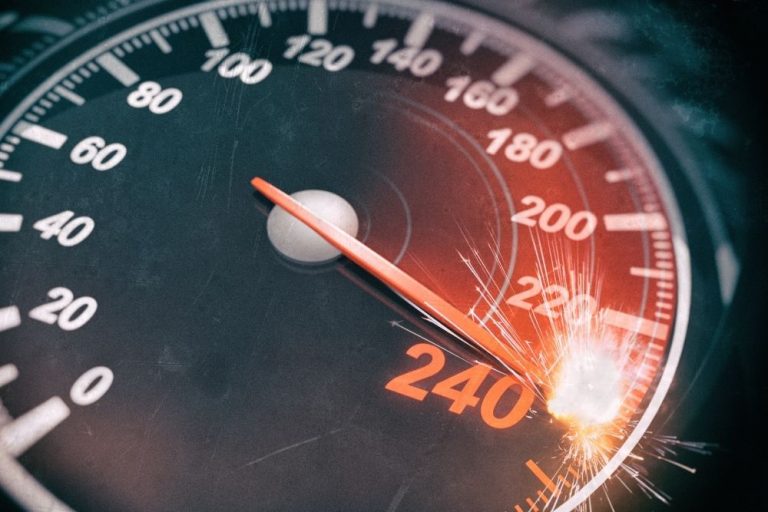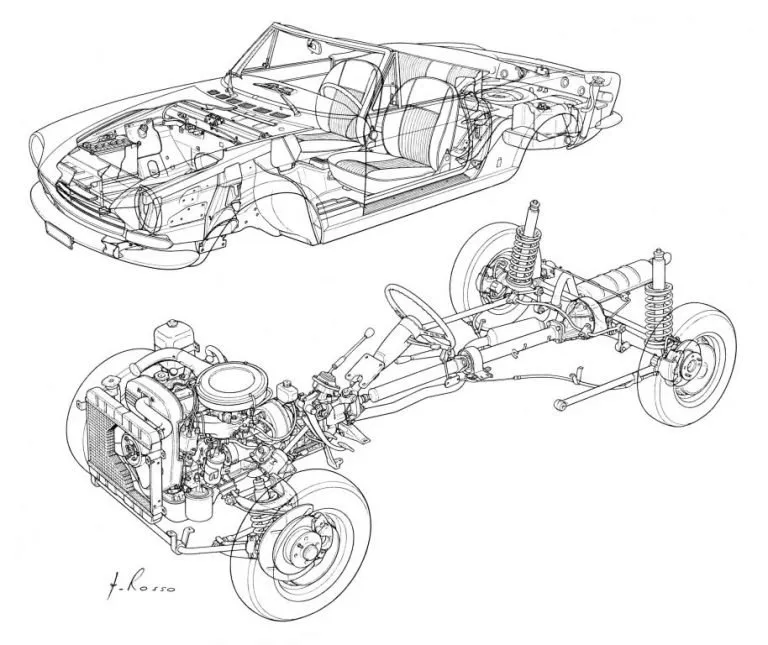Xpel vs Suntek: An Authentic Comparison (Detailed Guide)
When it comes to PPF, you want to use the best product for you and your needs. And while that is all well and good, we don’t always know exactly what our needs are, so sometimes we might need a little help. That’s why we’re here to compare two major players, Xpel vs Suntek.
And beyond that, directly comparing two very similar products can often be quite confusing. Luckily, we are here to help. This handy blog post will cover not only the basics of PPF but also its benefits, drawbacks, and importance.
I will also directly pit the two titans in the game head-to-head to see which comes out on top. Here is a breakdown on Xpel vs Suntek PPF – lets find out which is better?
What Is PPF?
Before we dive into Xpel vs Suntek, let’s define what PPF actually is. When people talk about PPF, they are generally talking about Paint Protection Film. At least, that is the case when car owners talk about PPF. Not to be mistaken with payment protection firms.
PPF is a clear film-like substance (kind of like saran wrap) that is applied to the bodywork of car paint. The idea is that it protects it from the elements, including road debris in particular, which can be harmful to the paint.
It will help avoid getting stone chips and random scratches from normal use. If you accidentally graze your car lightly, it will generally protect the paint, requiring you to only have to re-wrap that panel in PPF rather than getting it fixed by a body shop.
PPF is generally made of a sort of thermoplastic material that has been specially formulated to protect your car while enhancing the overall shine of your paintwork.
Since PPF can be applied to the entire paint body of a car, you can, in theory, ensure that the entire body is protected without making irreversible changes to the car. PPF can always be removed, after all.
PPF is all about protecting your prized possession, ensuring it’s always in perfect condition, helping retain its value, and giving you peace of mind as you go about your journeys.
What Are The Benefits Of PPF?
Of course, PPF protects against the elements, especially rock chips, which are probably the biggest culprit of damage to paintwork. Highway, every day, and performance driving will all fall victim to rocks being flicked onto your paintwork.
Most of the time, it’s pretty minor, but over time, you’ll definitely notice chips in the paint. Any PPF application will protect a car from this.
Having that transparent, thick layer of protection will repel any small rocks and keep your paint in top condition. This is likely the number one reason people apply PPF to their cars.
The PPF wrap prevents some imperfections from being shown in the paint. This is something people rarely talk about as a benefit, so I thought I’d bring it into the light here. Not only this, but any fine scratches on the surface of the PPF can usually fixed by applying either hot water or hot air (via a heat gun) onto that part of the film.
I recently got my Porsche wrapped in SunTek Ultra PPF, and while the car is brand new, the dealer washed it already, causing minor swirl marks in the paint. I was impressed to see the swirls disappear under a layer of PPF and an enhanced shine to the car.
Although keep in mind deep scratches can’t be hidden with PPF, a few months prior, I wrapped my bike’s tank, and there were swirl marks that were covered, yet there was one deep scratch that is still visible through the PPF.
In the event there is any damage to your paint, repairing it can be expensive. Therefore, a massive benefit is that it is far cheaper to wrap your car in PPF than to completely redo your paint job.
Most of the time, for minor to moderate scrapes to the PPF, it will just require the panel to be re-wrapped rather than repaired and painted.
One of my favorite benefits is the peace of mind it gives me, you almost can’t put a price on the carefree attitude it affords me to have. Parking in narrow car parks, going to the car wash, parking under trees anywhere and being able to drive without worrying about rock chips, is the best.
Again, why bother with expensive repairs, with a pretty reasonably priced preventative measure. Seems like a good deal, right? It genuinely reduces the stress of trying to keep your brand-new paint job pristine.
Another added bonus is that PPF can help you retain the value of your paint job for much longer than you otherwise would have. This means the cost of installing PPF is offset by the huge savings from keeping your paint job in spectacular condition, for the most part.
What Are The Drawbacks Of PPF?
Sounds almost like too much of a good deal, right? Well, it almost is, but there are some obvious drawbacks that you should consider. It isn’t always cheap, and depending on the car you are wrapping, it might cost more than the paint job or car is worth.
Especially when the average cost of an install is around $2,500 all the way up to a staggering $8,000 plus, this obviously depends on the car you’re protecting.
If, for example, we’re talking about a Porsche, there is a better chance than not that it is worth wrapping your car in PPF. Porsche paint jobs are rarely cheap.
So the cost to protect it and give you the best chance of keeping the car all original, without having to touch up the paint down the road, might be worth it. It’s your judgment call.
Installing the PPF can be a pain, and you will very likely want to get someone else to do it for you. PPF also requires its own kind of maintenance, it is easy to clean, but just make sure you follow any processes your installer tells you. There are some specialized types of sprays to maintain your PPF to keep it looking fresh.
Sure, your PPF can absorb potential scratches, but you then need to replace the scratched film. This won’t be free, but is probably worth the cost and hassle over repainting a bumper.
And finally, while PPF covers most of your paintwork, it might not always cover every exposed part of your vehicle. This could mean having plastic parts or hard-to-wrap areas exposed. So you’ll need to remember what is and isn’t covered to make sure you’re not totally carefree around certain parts of the car.
Xpel vs Suntek PPF – Which Works Best?
While both PPFs do a good job and work pretty much the same, they do different things slightly better than each other. They are roughly the same thickness at 8 mils, which will protect your paint just fine.
When it comes to deciding which works best, it really comes down to your installer and what they recommend, as everyone’s requirements differ. One could offer the best protection but not the deepest shine, while the other could be extremely clear but thinner.
What I’m getting at here is there’s a whole range of different PPF products that each brand offers. The benefits differ on each, and most of the time, you’ll get a similar result from both, but your local installer may only offer one brand. This is usually the case, as I’ve noticed most installers associate themselves with one brand/supplier.
To give you an idea of the different offerings between Xpel vs Suntek, Xpel has six different types of PPF. These include Lux Plus, Armor, TracWrap, Interior Protection, Stealth, and Ultimate Plus.
In comparison, Suntek offers six as well, including Altered Black PPF, PPF C and PPF M, PPF Ultra Defense, PPF Ultra Matte, PPF Ultra and Reaction PPF.
Xpel vs Suntek PPF – Which Is The Best Value For Money?
When we compare Xpel vs Suntek for value, both products come out at a very similar price, so it’s hard to decide which one is better value for money. The biggest influence on price is the vehicle size (and the square footage of bodywork) that needs to be covered.
If it’s a large and angular car like a G-Wagon, it could cost more than a Tesla, which is a bit more of a normal shape and smaller in size.
Usually, the size and intricacy of the car determine the cost to apply PPF, on top of the actual cost of the material. But keep in mind some installers offer discounts, and if you have more than one car/bike to protect, they can sometimes offer a repeat customer discount.
This is what happened to me, I protected my BMW S1000RR’s tank a few months before wrapping my Porsche 718 Spyder and got 10% off the Spyder.
But all in all, the best way to determine if it’s worth it for you is to call a few local installers and see what they quote for your car and the different types of PPF they offer.
Keep in mind, the same brand but different type of PPF can effect the price. When I was figuring out the price to install PPF on my Porsche, there was a few thousand dollars gap between the SunTek Ultra and SunTek Reaction film.
Xpel vs Suntek PPF – The Final Verdict
To wrap things up, you need to understand that PPF provides a myriad of great benefits outside of simply putting a layer on top of your car.
While PPF is definitely worthwhile for some people, that is certainly not always the case if the car is reasonably cheap or if you can’t justify the cost of PPF on your car because, being honest, it’s not a cheap exercise.
We’ve decided when comparing Xpel vs Suntek, they are both excellent products, but whichever suits you best, entirely depends on your requirements and the cost.
Regardless, all levels of PPF will protect your car, and it’s just up to you to decide between Xpel vs Suntek, based on what each installer in your area is offering and who’s giving you the better deal. Good luck on your PPF journey, and drive protected!




